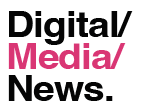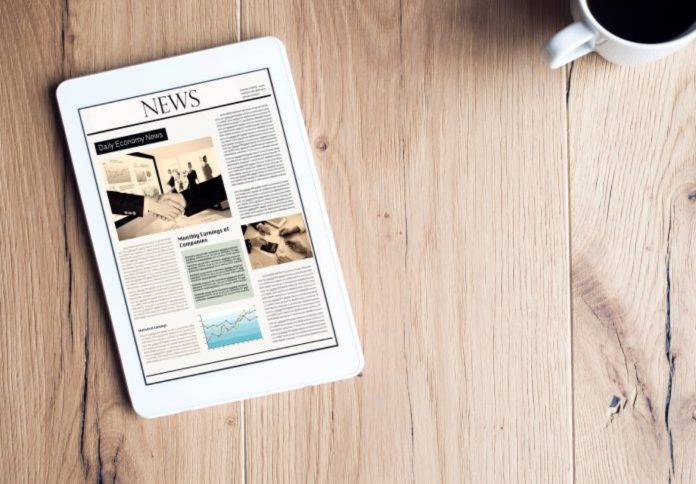Australians are more concerned about misinformation than any other country in the world, according to the newly released Digital News Report: Australia 2025, a comprehensive survey published by the University of Canberra’s News and Media Research Centre.
The landmark report, part of a global study led by the Reuters Institute at Oxford University, reveals that 74% of Australians are concerned about fake news and misleading content online – a figure that places Australia at the top of the global index. “Australians are among the most alarmed about misinformation, especially younger audiences under 35,” the report found, noting a sharp rise in concern among younger demographics over the past year.
The study, based on responses from 2,006 Australian adults collected by YouGov, outlines profound shifts in how Australians access and interact with news, as well as whom they trust. For the first time, more Australians say their main source of news is social media (26%) than traditional online news websites (23%), a change the report attributes to growing engagement with video-based platforms like TikTok, YouTube and Instagram.
“The use of Facebook for news has grown sharply to 38%, reversing a years-long downward trend,” the researchers noted. Among 18-24 year olds, TikTok is now used by over one-third (36%) to access news, reflecting their preference for short-form video and influencer-driven content.
However, this increasing reliance on social media comes with heightened concern about misinformation. The report found that 59% of Australians view Facebook as a major source of misinformation, followed closely by TikTok (57%) and X (formerly Twitter) at 49%.
Online influencers and personalities were identified by 57% of Australians as the leading sources of false or misleading information—more than even politicians or the media.
“While foreign governments and politicians are also seen as threats, Australians are uniquely wary of influencers,” the authors wrote. This concern is not unfounded, given that younger users often turn to influencers for “personal advice and lifestyle topics,” with many treating this as a form of news consumption.
Despite the digital shift, trust in news remains fragile. While 43% of Australians say they trust the news overall—a slight increase from previous years—this figure is tempered by a growing distrust, particularly among regional audiences. Trust is significantly higher among those who have received news literacy education (53%) compared to those who have not (41%).
Only one in four Australians (24%) report having received any form of news literacy training, and the report calls this a missed opportunity. “People who have received news literacy education are more likely to trust news, pay for it, and verify its accuracy,” the report said. Among younger Australians aged 18–24, 54% have received some form of education on how to assess news, but the figure plummets to just 5% among those aged 65 and over.
This year’s survey also tracks emerging attitudes towards AI in news production. One in five Australians (21%) say they are comfortable with news produced mostly by AI, while 43% are more comfortable when AI is used in conjunction with journalists. Notably, comfort with AI-generated news is far higher (40%) among those who have had news literacy training.
The report also underscores the persistent gender divide in news engagement. “Women are lighter consumers of news across all platforms except social media,” it found, adding that they are less likely to use AI chatbots or podcasts to access news.
In terms of solutions, Australians suggest that improving trust in news will require more factual reporting (26%), less bias (24%), more transparency (15%), and better verification practices (9%). There is also appetite for stronger content moderation online—33% believe social media companies are not removing enough harmful or misleading content, though views differ starkly by political orientation.
As the media landscape grows more complex and fragmented, the Digital News Report: Australia 2025 offers a clear takeaway: building news literacy, especially among older Australians and those outside major cities, will be critical to combating misinformation and restoring public trust.
“Whatever technology is used, it is important for news organisations to explain to their audiences how these generative AI technologies are being employed and for what purpose,” the authors wrote.The full report is available from the University of Canberra’s News and Media Research Centre.


